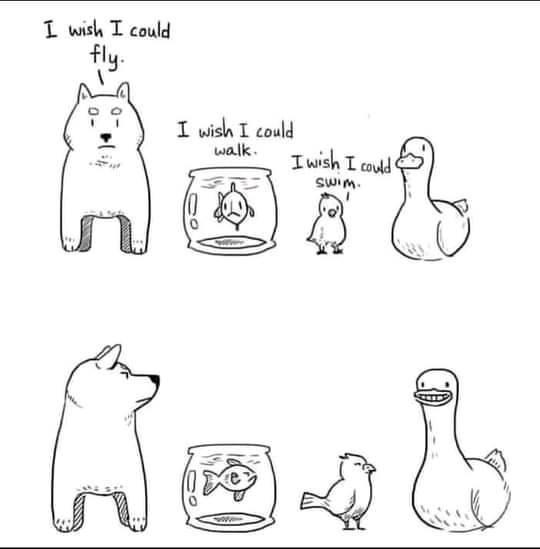Production - Specific Requirements - Small Flock Fowl
Layers
To achieve maximum production, layer birds raised on a floor pen should have two square feet per adult bird. Roosts and nest boxes should be placed 24 inches above the floor. Provide six inches of roost space per bird. One 10in. X 10in. nest box should be provided for every four or five hens. Always provide clean, dry nesting material. Make sure nests and roosts are separated (Clauer, 1997) so that the birds will not roost in nest boxes. When birds roost in their nest boxes, the nest boxes become very dirty. If your layers are insistent they roost in their nest boxes, block off the nest boxes after they have laid for the day until they understand. Remember, all poultry breeds lay eggs, but all are not equally efficient (Mississippi, 2008). Collecting eggs twice daily will help maximize production.
Meat Birds
Meat chickens can be raised much like layers with a few exceptions. Wet, compacted litter is more of a concern with meat birds than with egg producers. Breast blisters and leg weakness resulting from poor litter can cause carcasses to have an undesirable appearance at slaughter. Pine shavings or straw give the birds the best traction and leg support they need. Do not provide perches. Meat birds are too heavy to balance themselves.

Waterfowl
Waterfowl requires different rations than domestic poultry. Ducks have a higher niacin requirement than most poultry; therefore, a diet including grains is recommended. Ducks require less space and consume smaller amounts of grains than geese. Regardless of the species of waterfowl, do not raise young birds on slippery surfaces (such as newspaper). Limit using fine litter until the birds are old enough to distinguish it from feed. Pine shavings, chopped peanut hulls, burlap, or straw are recommended because these beddings provide traction along with limiting birds from consuming the material. Beware of using litters that mold or become compacted when wet.
Limit young waterfowl under the age of four weeks from becoming extremely wet because they become chilled very easy. Once old enough, allow birds access to water for swimming, especially if the birds are used for breeding. Beware of raising small species on mesh wire because their hocks can get stuck in the wire when they sit down, causing the birds to become lame. This is not a concern for larger breeds. Perches are not needed since waterfowl sleep on the ground.
Ratites
Because ratites are such large poultry, the main requirement for raising ratites is making sure the fence is tall enough to contain such big birds. To secure the birds within their enclosure, construct fencing to stand a minimum of five to six feet high and be sturdy enough to withstand the birds rubbing on it. Hermes (1996) states that welded wire, woven wire, chain link fencing, or cattle panels are often used when constructing an enclosure for ratites.
References:
Clauer, P.J. 1997. A Small Scale Agriculture Alternative: Poultry. Virginia Cooperative Extension.
Hermes, J.C. 1996. Raising ratites: Ostriches, emu, and rheas. Oregon State University Extension Services. Publication Number PNW 494.
Mississippi State University. 2008. Feeding Schedules for Chickens. Mississippi State University Extension Service.